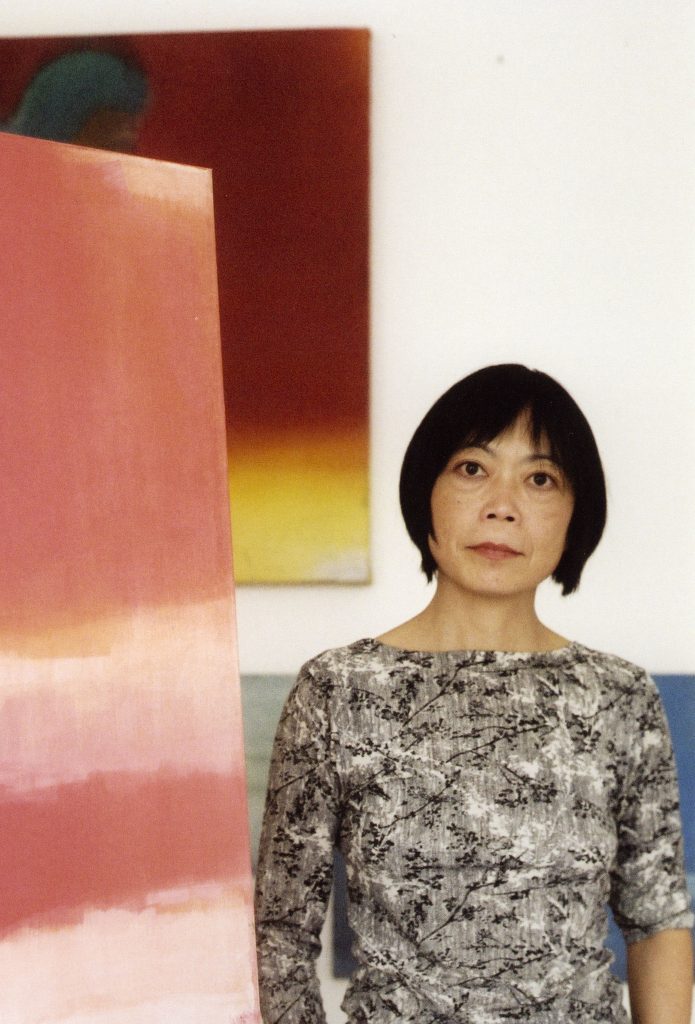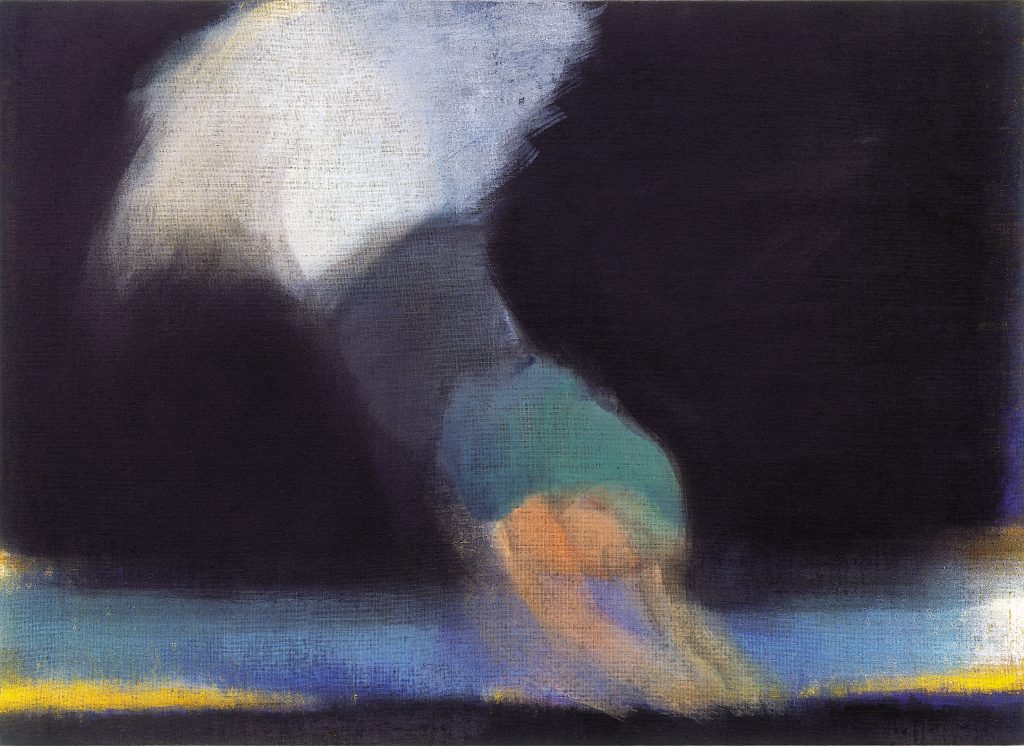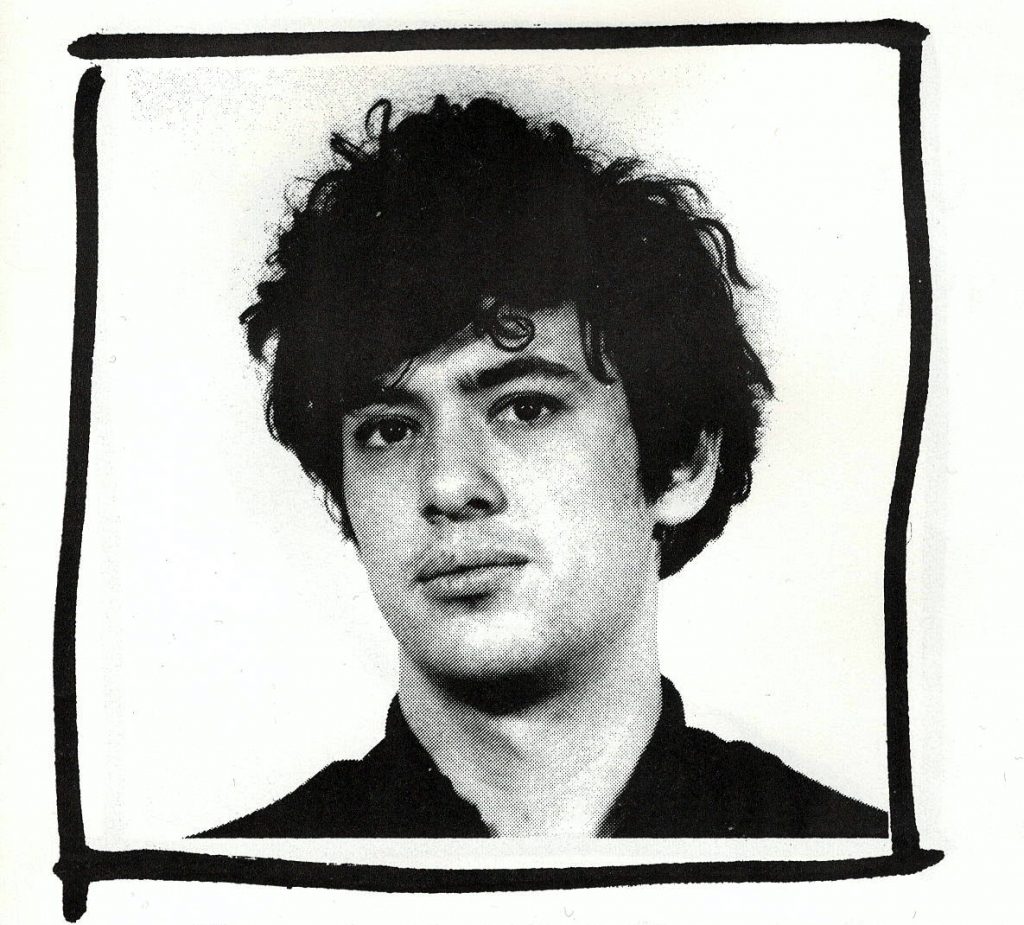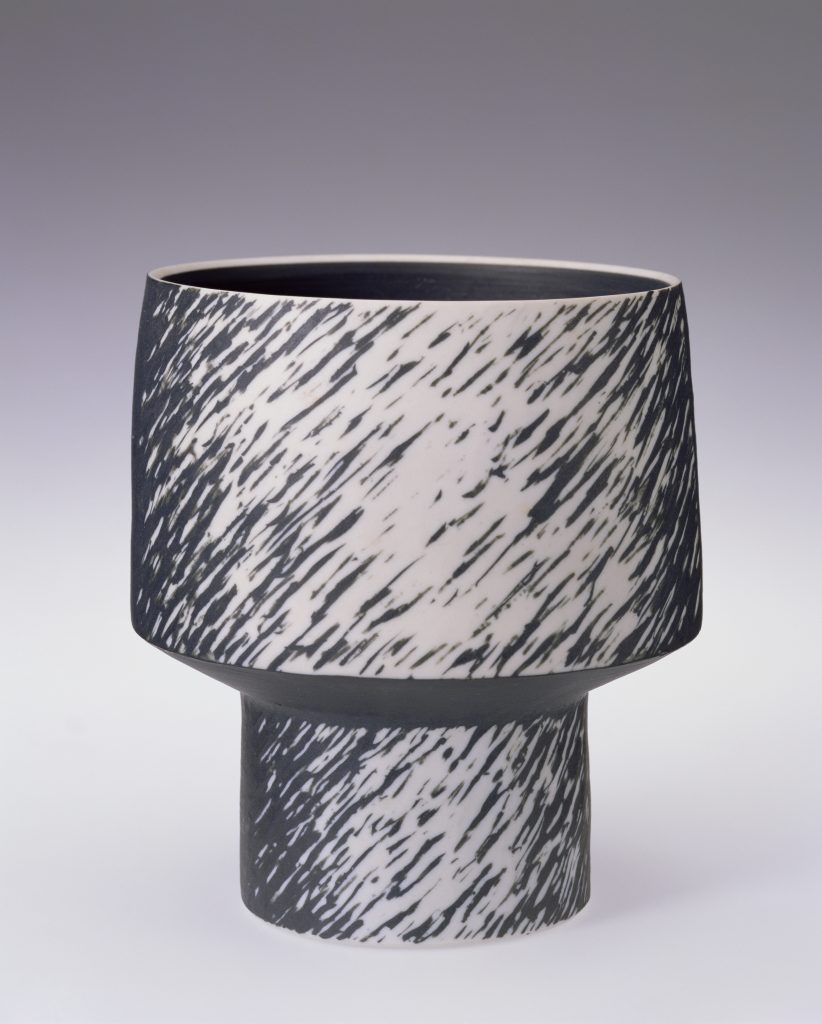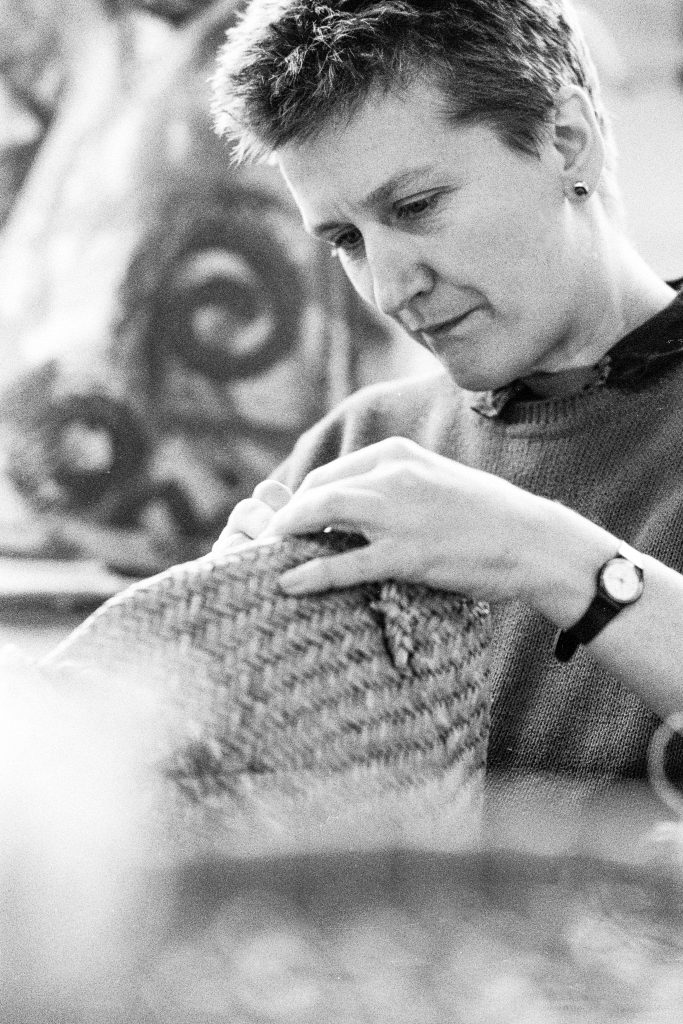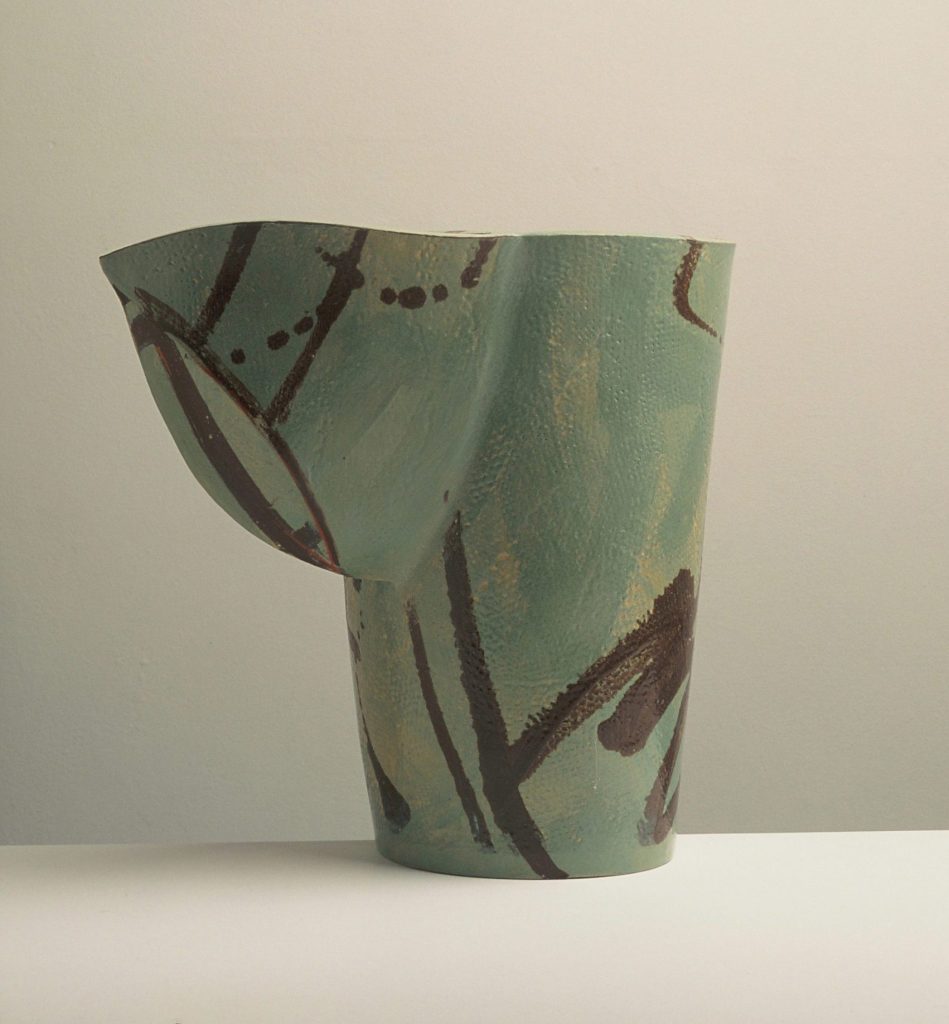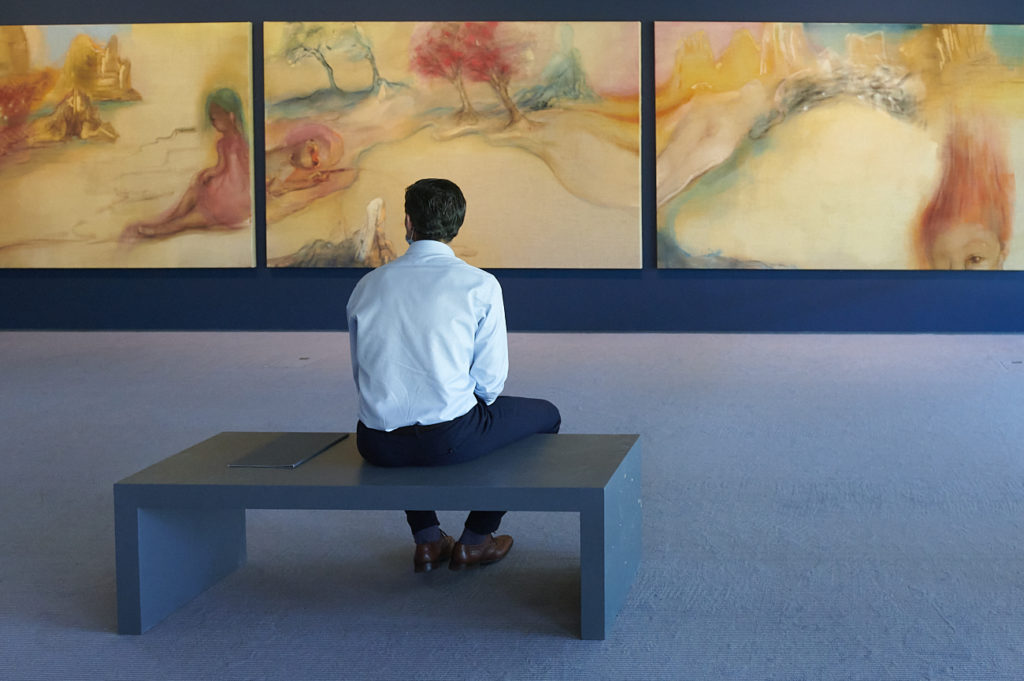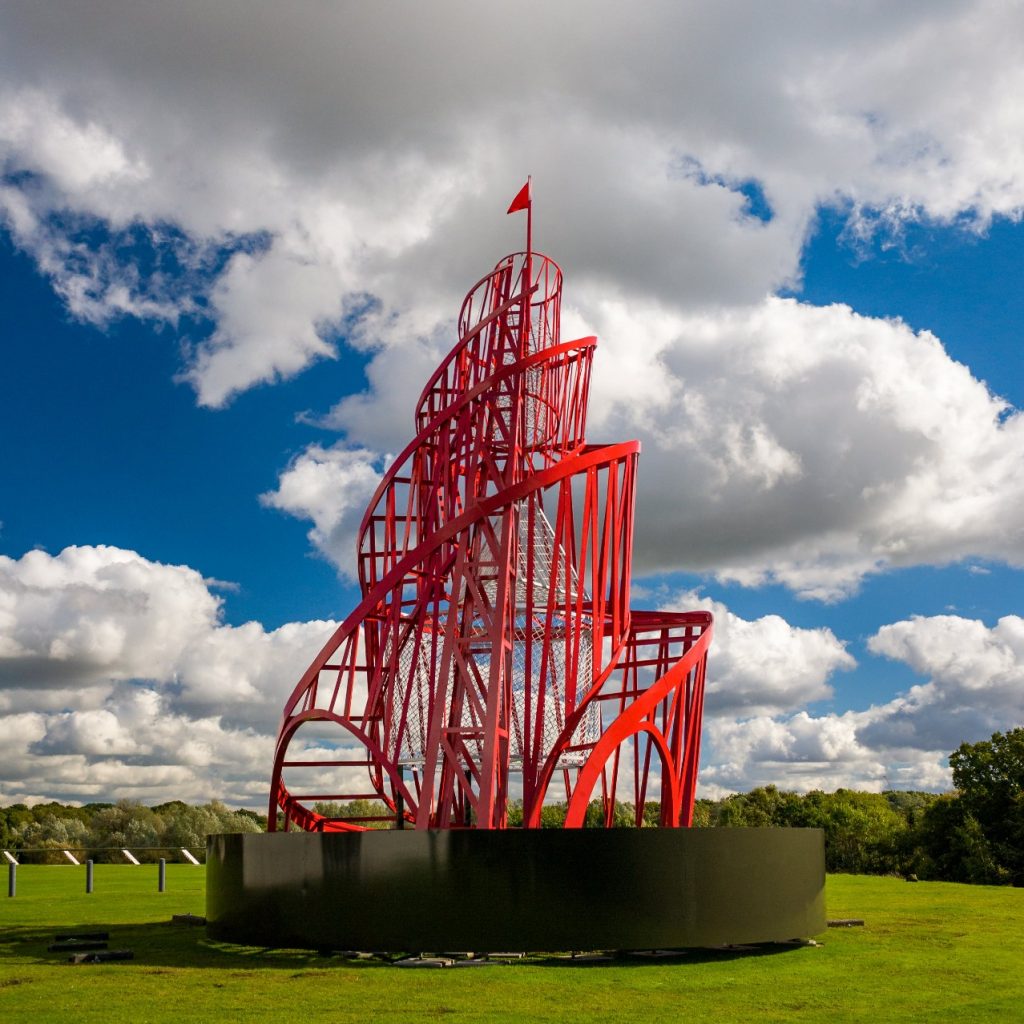This year, the first exhibition to survey Grayson Perry’s early work will be coming to the Sainsbury Centre. Featuring previously “lost” pots made by the artist, Grayson Perry: The Pre-Therapy Years will reveal how Perry established themes and aesthetics in the years between 1982 and 1994 that he has continued to explore throughout his career.
The art that made us: Grayson Perry exhibition inspires top artists to revisit formative works
As the Sainsbury Centre prepares to unveil the first survey of Grayson Perry’s early oeuvre, three artists select a critical piece from the first decades of their career
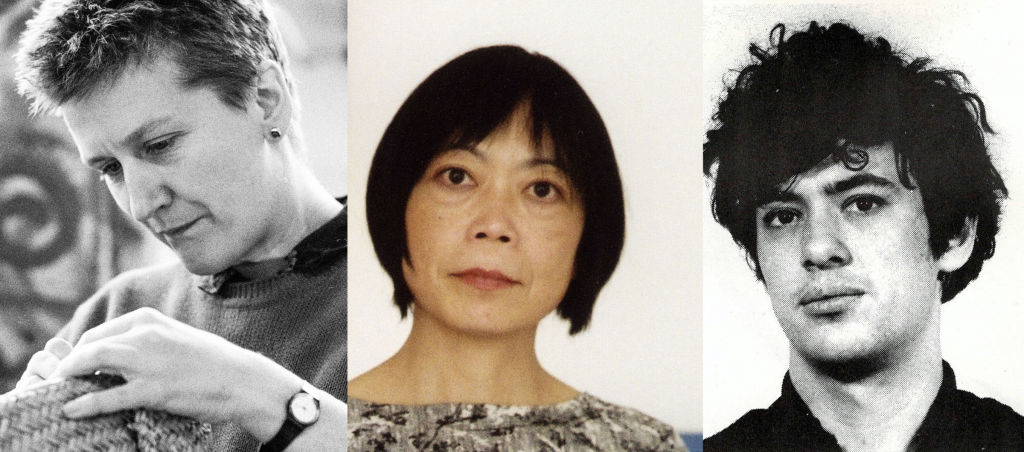
Alison Britton, Leiko Ikemura and Julian Stair. Photo: Philip Sayer; Photo: F. Wenger; Courtesy: Julian Stair
To mark this occasion and celebrate new forms of creativity, we asked three leading artists who have worked with the Centre to pick an early work that reflects a pivotal moment in their practice, and explain the resonance it holds for them today.
Leiko Ikemura
Japanese-Swiss artist Leiko Ikemura’s diverse output includes works on paper, paintings, sculptures and ceramics. Looking back at her painting Landung/Landing, 1998/99, she sees a “turning point” in her practice. Having moved from creating large-scale narrative paintings with contemporaries in Berlin in the early 1980s to experimenting with abstract work that helped her “be very elemental” and “concentrate on what we are and where we are from”, this piece marks a moment where she finally began to move back towards figurative painting.
This change of direction saw the artist working on a smaller scale, and exploring philosophical questions through the human form. Landing, specifically, is part of a series – together with works such as Standing, 1995/96, and Lying in Black, 1999 – that depicts simple configurations of a female figure in various states. The piece, with its hazy rendering and deep blues and blacks, calls to mind notions of birth, death and loneliness.
“The most existential idea is that we are alone,” she says. “This is a truth that we do not want to confront.” Two decades on, Ikemura continues to ask questions through the female figure, although now in a way that incorporates new technologies such as 3D printing and digital design.
Julian Stair
“It’s like looking at photos of yourself – when a certain amount of time elapses there’s a more neutral response,” says Julian Stair, a London-based ceramic artist, writer and academic whose recent work includes monumental jars reaching nearly two metres high. Footed pot, c.1982 signifies, according to Stair, a critical moment in his artistic development. The piece, which features sgraffito decoration, is a “contrived depiction of light and shadow”, he says. It marks his move away from sculptural ceramics and towards pottery, and it begins to explore themes still important to Stair’s work, such as anthropomorphism. “This pot is part of the transition to making the work I do today. The process of creation is one of exploration.”
Footed pot is also the work that brought Stair’s ceramics to the attention of Lisa and Robert Sainsbury. Lisa discovered the work in the Clay in the Garden group show in London, 1982, the year after Stair finished at the Royal College of Art. Such was the impact the piece had on her that she rang the artist after the show and asked to purchase it and so started a long and fruitful working relationship.
Alison Britton
Leading British ceramic artist Alison Britton, renowned for her postmodern pots, places particular significance on Turquoise Pot with Red Lines, 1991. The piece stands out because it was created at a time in which her work was garnering wide recognition, and exhibition opportunities were increasing. It also represents a specific aesthetic. “It’s very different from how I work now and I’m sort of envious of its relaxedness,” observes Britton, noting the sharper edges and patchy turquoise slip. It is, she says, “a mixture of daring and caution”, created by marking flat pieces of clay, which are then assembled into a 3D form – a method the artist continues to use today.
Turquoise Pot resides in her personal collection today. It was not always so: the piece was once owned by collector Ed Wolf, who owned 80 of Britton’s pots and would pay her a monthly stipend in exchange for a certain number of works each year. A few years ago, Wolf offered Britton the opportunity to select five pots to take back; this was one of her choices.
Reflecting on how she feels when she views the work, Britton notes how “how sparky it is” to see older pieces next to newer ones, explaining that she draws on her existing body of work to create new pieces. She says of her practice: “It’s not a straight line – it loops and reverts.”
Grayson Perry: The Pre-Therapy Years is organised by the Holburne Museum Bath and will run from 19 September 2021 – 30 January 2022. Leiko Ikemura: Usagi in Wonderland opens at the Sainsbury Centre from 18 July – 12 December 2021.
You might be interested in
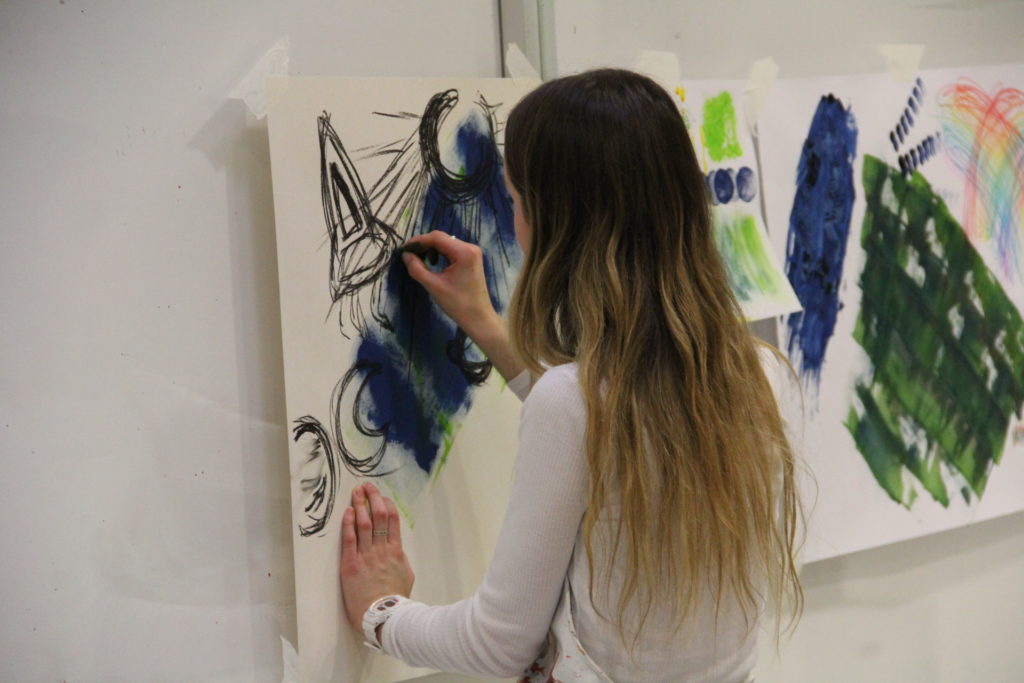
Learn & Create
The artworks in our collection and exhibitions come to life when you join us to look, think, discuss, question, create, play and tell stories around them. Find out how you can get involved and become a part of our learning community.
